Tankless vs. Traditional
Did you know that water heating makes up about 18% of the common household’s electric bill? This time of year, there’s a large demand for hot water and something as simple as selecting the right water heater can effectively reduce these costs. There are two main water heating types – tankless and traditional tanked units. Which one can tend to the household’s needs best? Here are a few helpful things to consider before you begin to install.
How They Work
A traditional water heater is the most common and most popular water heater found in households. While they also occupy the most space, these oversize water heaters can heat and store a large amount of water at once. They primarily use electricity or gas as heating sources. The tankless water heater is rising in popularity due to their size and efficiency. They also use primarily use electricity or gas as a heating source to produce hot water for homes, but also offer other fuel source options such as geothermal energy, fuel oil and even solar energy.
How They Differ
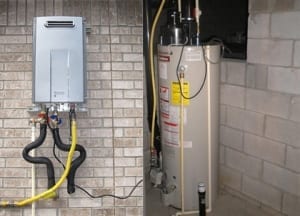 While comparing tankless and traditional water heaters, another important thing to consider is the amount of water a household is expecting to consume. Will this water heater be producing hot water for a family of 5, or a home with only 2 occupants? One major difference between the two is that traditional tanked water heaters are able to heat and store a large amount of water at once, but the supply of hot water is not endless. Additionally the water is constantly heated, so it is constantly being used. Tankless water heaters on the other hand offer only “turn on” when you turn on your faucet, producing continuous hot water production of between 2 – 5 gallons per-minute. They are also referred to as “on-demand” water heaters and have no need to store hot water as it is made instantly.
While comparing tankless and traditional water heaters, another important thing to consider is the amount of water a household is expecting to consume. Will this water heater be producing hot water for a family of 5, or a home with only 2 occupants? One major difference between the two is that traditional tanked water heaters are able to heat and store a large amount of water at once, but the supply of hot water is not endless. Additionally the water is constantly heated, so it is constantly being used. Tankless water heaters on the other hand offer only “turn on” when you turn on your faucet, producing continuous hot water production of between 2 – 5 gallons per-minute. They are also referred to as “on-demand” water heaters and have no need to store hot water as it is made instantly.
When it comes down to which water heater is easiest to maintain, traditional water heaters are an obvious first choice. Not only do they require very little maintenance, but an annual flushing of deposits is all it takes to keep this water heater running smoothly and effectively. On the other hand, a tankless water heater will require more TLC. These water heaters generally require chemical descaling of their internal heat changers annually to maintain maximum results. You can try SpeedClean’s BucketDescaler® to get the job done quickly.
How They Add Up
Another factor to consider when comparing tankless and traditional water heaters is which is more energy efficient. Tankless water heaters require less energy to heat water than a traditional water heater, which makes them a better choice when it comes to energy conservation. But don’t expect it to be a quick and easy installation job. Most homes are already traditional water heater-ready, and as a result, installing a tankless water heater can add up to more time and more money.
In comparison to a traditional water heater that only takes around 2-3 hours to install, tankless heaters may require 6 – 10 hours or more. On average, tankless heaters also cost up to three times more than traditional storage heaters. However, these lengthy installation times and costly fees may be worth it in the long run to some households. The average lifespan of a traditional water heater ranges from 10 – 15 years and tankless water heaters are durable enough to last 20 years or more!
So next time a client asks which one will be best for their household, keep this information in mind to make the best choice for their home and your business.
For more fun facts on HVAC appliances, sign up for our email list below.

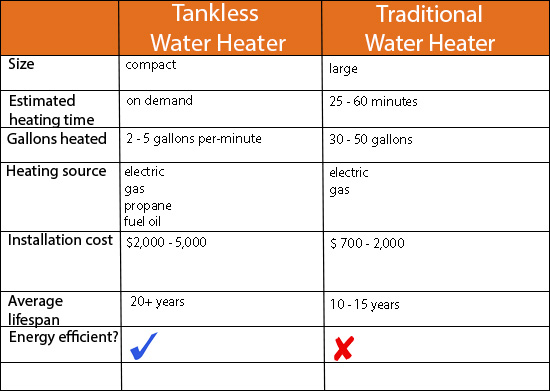
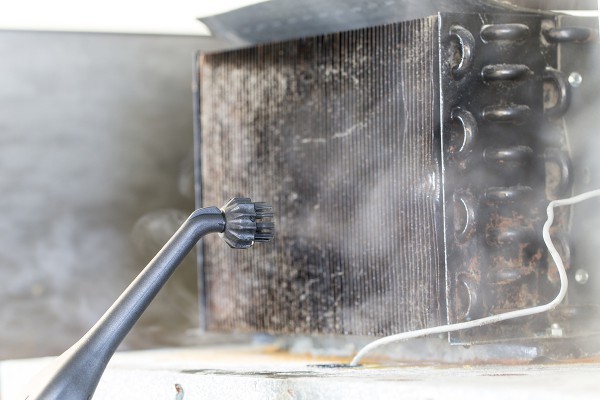

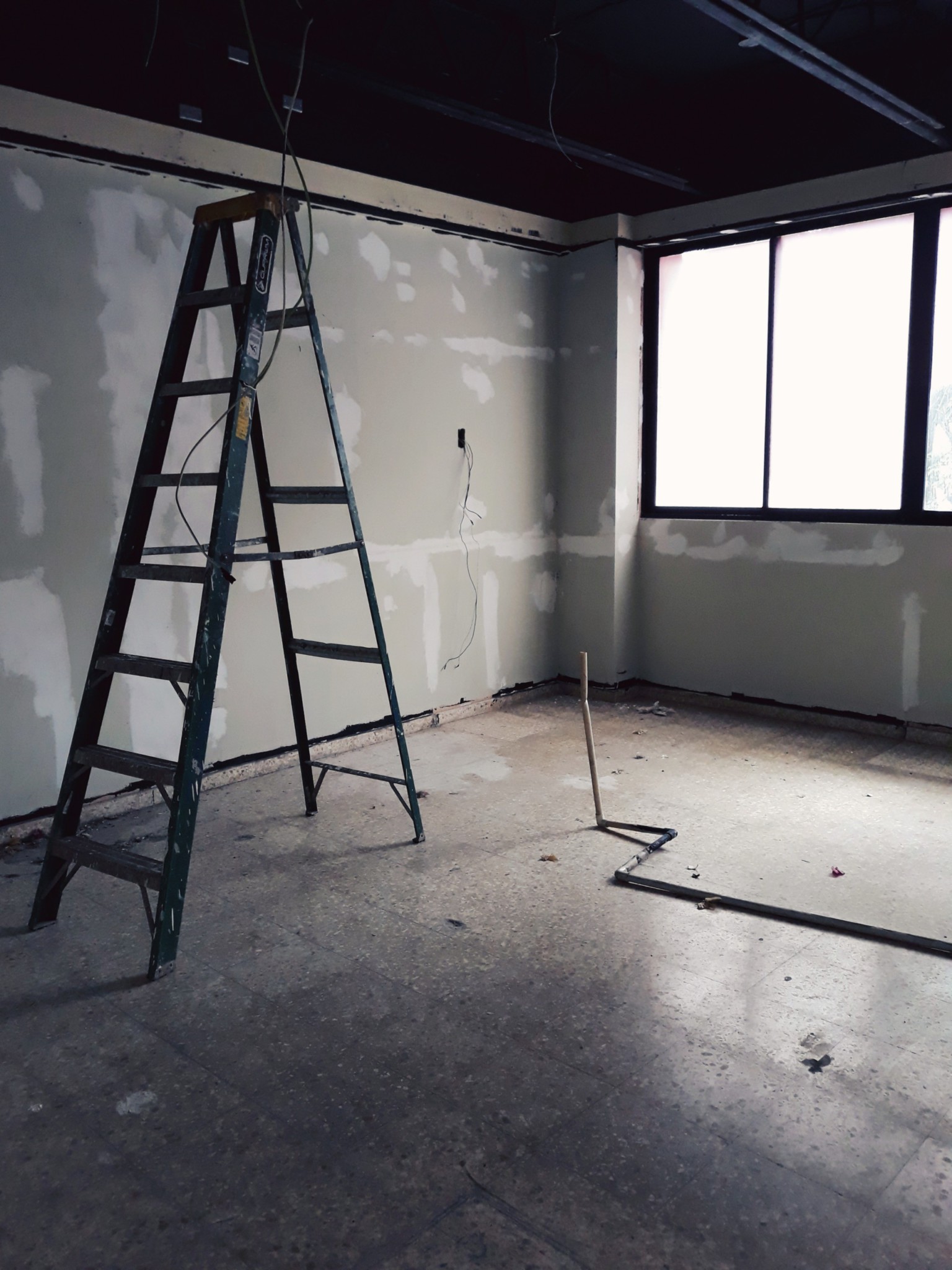

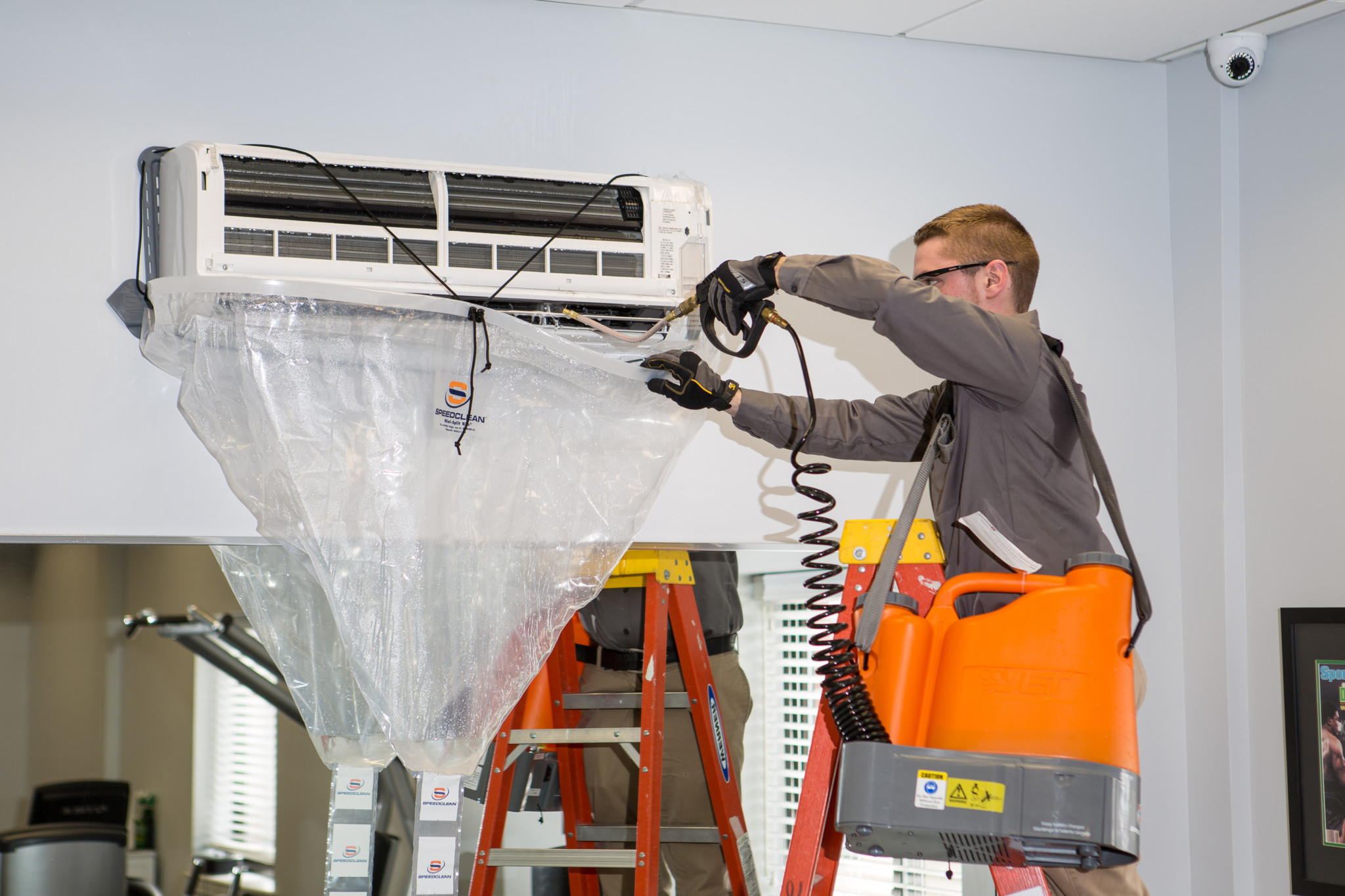
Leave A Comment